Entry Category: Law
 Semmes Law Firm
Semmes Law Firm
Semmes, Samuel Spencer
Separate Coach Law of 1891
Sevier County Lynching of 1881
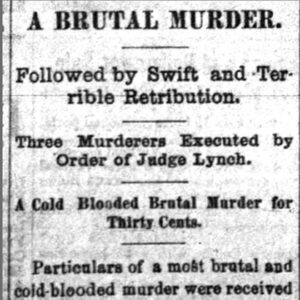 Sevier County Lynching Article
Sevier County Lynching Article
 Mark Shank Execution Story
Mark Shank Execution Story
 Mark Shank Execution Story
Mark Shank Execution Story
Shank, Mark H. (Execution of)
Sharp, William (Murder of)
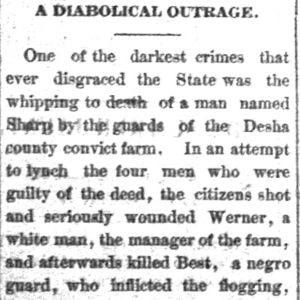 William Sharp Murder Story
William Sharp Murder Story
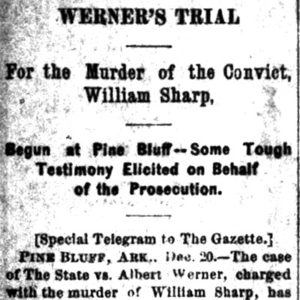 William Sharp Murder Story
William Sharp Murder Story
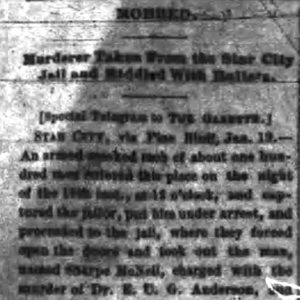 Sharpe McNeil Lynching Story
Sharpe McNeil Lynching Story
Shaver, James Levesque Jr.
 Judge Ronald L. Sheffield
Judge Ronald L. Sheffield
Sheffield, Ronald Lee
Shelton v. Tucker
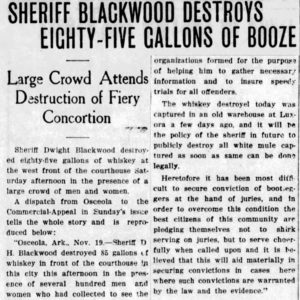 Sheriff Destroys Booze
Sheriff Destroys Booze
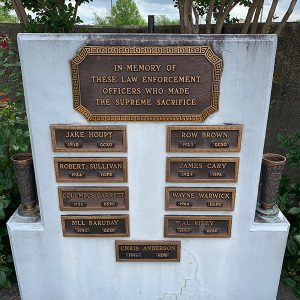 Sheriff's Memorial
Sheriff's Memorial
Shivery, George (Lynching of)
 Shooting Tribute
Shooting Tribute
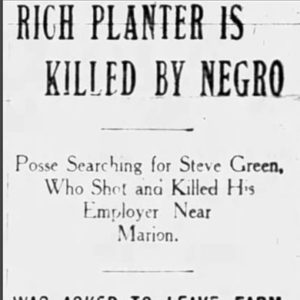 William Sidle Killing Article
William Sidle Killing Article
Sigler (Lynching of)
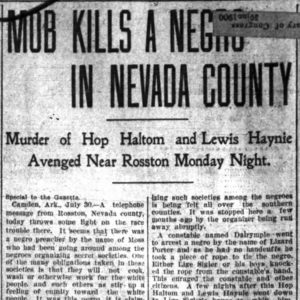 Sigler Lynching Article
Sigler Lynching Article
Simmons, Ronald Gene
 Lee Simms
Lee Simms
Simms, Lee (Trial and Execution of)
 Lee Simms Article
Lee Simms Article
Simpson, Louis (Reported Lynching of)
Skipper v. Union Central Life Insurance Company
aka: William Franklin Skipper (Murder of)
aka: Monticello Lynching of 1898
Slater, Philip (Lynching of)
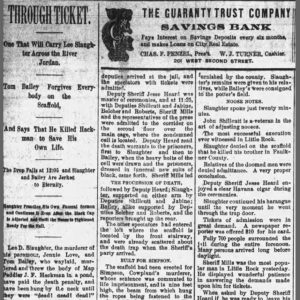 Slaughter and Bailey Execution Story
Slaughter and Bailey Execution Story
 Tom Slaughter
Tom Slaughter
Slaughter, Tom
 Tom Slaughter Death Article
Tom Slaughter Death Article
Slave Codes
Smackover Riot of 1922
Smith (Lynching of)
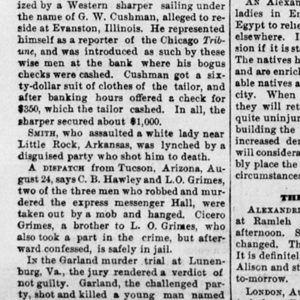 Smith Lynching Article
Smith Lynching Article
Smith, Frank Grigsby
Smith, George Rose
Smith, Griffin Sr.
Smith, Henry (Lynching of)
 Henry Smith Lynching Article
Henry Smith Lynching Article
 Hershel Alan Smith
Hershel Alan Smith
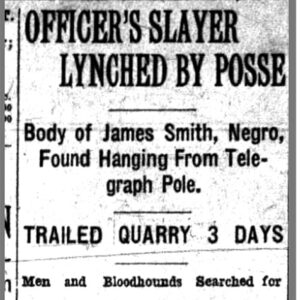 James Smith Lynching Article
James Smith Lynching Article




